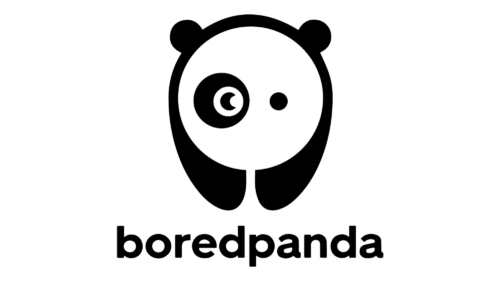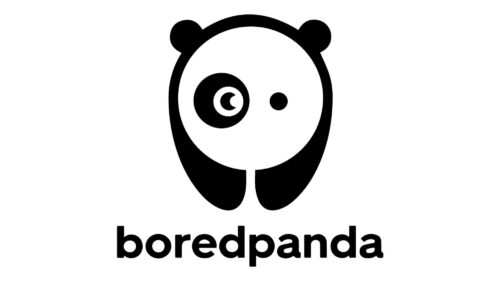Bored Panda, an online magazine focused on art, design, and photography, was founded by Tomas Banisauskas. The company is headquartered in Vilnius, Lithuania, and primarily operates on a global scale through its digital platform. It provides a space for artists to showcase their work and for audiences to engage with creative content.
Meaning and history
Founded in 2009 by Tomas Banisauskas in Lithuania, Bored Panda began as a community blog before evolving into a major platform for art, design, and photography. It quickly became recognized for its engaging content that blends creativity with visual storytelling. The platform’s main achievements include reaching millions of unique visitors per month, becoming a hub for artists to gain exposure, and successfully running viral campaigns that highlight societal issues through creative expression.
In recent years, Bored Panda has solidified its position as a leading source of inspirational content. It continuously adapts to changing digital trends, ensuring its relevance in the fast-paced world of online media. The company’s ability to merge creativity with impactful narratives keeps it at the forefront of digital arts journalism.
What is Bored Panda?
It is a digital magazine that celebrates creativity through articles on art, design, and photography. It serves as a platform for artists to showcase their work globally.
2009 – Today
The logo is a clever monochromatic design that is both playful and memorable. It features the stylized head of a panda, instantly recognizable by its characteristic large, dark circles around the eyes. In this design, the panda’s right eye cleverly doubles as a symbol of ‘yin and yang,’ suggesting balance and tranquility while also conveying the panda’s state of boredom through the vacant stare of the left eye.
Below the graphic, the words “boredpanda” are presented in a simple, sans-serif typeface that ensures legibility and complements the minimalistic design of the icon above it. The logo uses only black and white, which not only reflects the actual colors of a panda but also adds to the clean, modern aesthetic. This straightforward color scheme makes the logo versatile and easy to recognize across various media. The design cleverly plays on the dual meaning of the brand’s name, blending the idea of a panda with the concept of boredom in a visually engaging way.








